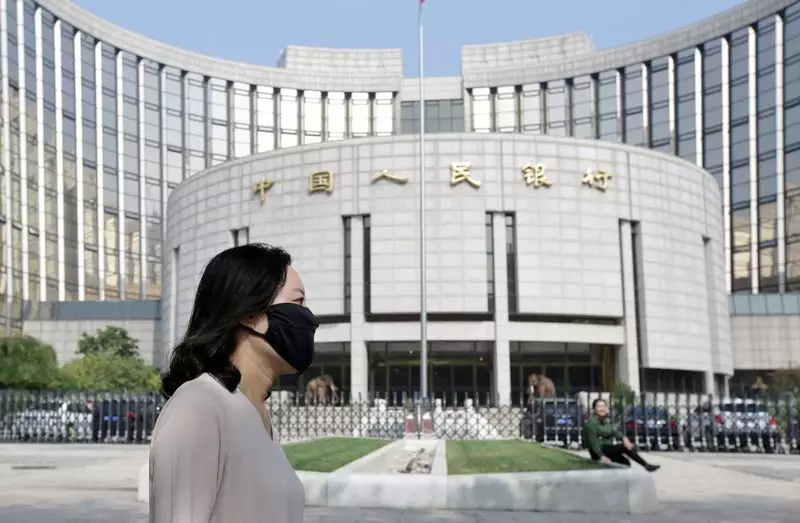China’s economy faces an array of challenges, and recent policy measures reflect the government’s robust commitment to navigating these turbulent waters. Responding to sluggish domestic demand, a range of fiscal and monetary strategies are being put in place, demonstrating a willingness to adjust and innovate in the face of external pressures, particularly from the U.S., as trade relations become increasingly fraught. Analyzing these initiatives reveals not only an ambitious plan to stabilize economic growth but also the complexities inherent in managing a vast and diverse economy.
Among the government’s latest steps is the expansion of a consumer goods trade-in program designed to stimulate domestic spending. This initiative offers subsidies for digital purchases, targeting consumers directly to encourage spending and revive a sense of economic confidence. Such measures are crucial, especially as consumer sentiment has waned amidst a backdrop of global uncertainty and internal strife. Increased consumer spending is pivotal for China, as the economy pivots toward a consumption-driven model rather than relying heavily on exports and manufacturing. The implication is clear: the Chinese government must continually adapt its economic policies to bolster domestic demand.
To further stabilize the economic landscape, Chinese leaders have recently highlighted a targeted budget deficit of 4% of GDP for the coming year, alongside an ambitious growth target of around 5%. This strategy indicates a desire to maintain growth while accommodating necessary government expenditures. Moreover, the expected issuance of a staggering 3 trillion yuan worth of treasury bonds marks a significant financial maneuver, the largest annual amount in history. Such measures indicate a proactive approach, aiming to infuse the economy with liquidity and stimulate growth, while ensuring government initiatives can be financed over the coming years.
In a remarkable shift, Chinese authorities have transitioned to an “appropriately loose” monetary policy stance, marking a departure from the previously cautious approach that had been in place for over a decade. This shift involves a series of interest rate adjustments, which are not merely technical changes but rather strategic decisions aimed at stimulating borrowing and investment across the economy. Lowering benchmark lending rates and trimming reserve requirements serves to bolster credit availability, particularly for small and medium enterprises that are often the backbone of domestic growth.
As China braces for the anticipated increase in U.S. trade tariffs, the currency’s potential weakness is being discussed as a strategic response. Allowing the yuan to devalue could help keep Chinese exports competitive, a bold move that reflects the intricate dance of navigating global trade while safeguarding domestic interests. This key consideration reveals an understanding that the domestic economy cannot remain insular; it must adapt to external pressures while navigating its multifaceted growth story.
Given the current turmoil in China’s property market, recent tax incentives on home and land transactions highlight another critical area of concern. Addressing the financial strains faced by developers and aiming to increase home purchase demand directly tackles one of the sectors most severely impacted by the economic downturn. By lifting restrictions on home purchases and offering additional support to local governments, the policy aims to stabilize a crucial component of the economy that has broad implications for growth.
The Chinese government’s recent initiatives reflect a multi-dimensional approach to addressing current economic challenges. By enhancing consumer spending, adjusting fiscal policies, and shifting monetary stances, the country is attempting to cultivate an environment that fosters growth while mitigating the risks posed by external factors, particularly trade tensions. This strategy not only speaks to the innovative spirit of Chinese economic management but also underscores the reality that in an interconnected global economy, flexibility, and responsiveness are paramount. As policymakers continue to navigate these complexities, the effectiveness of these measures will be crucial in determining the resilience and sustainability of China’s economic future.

